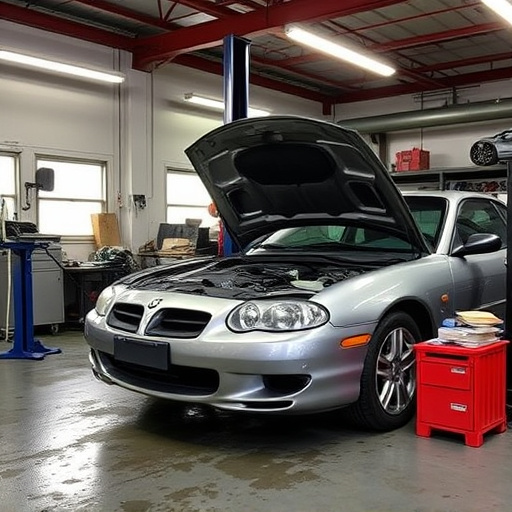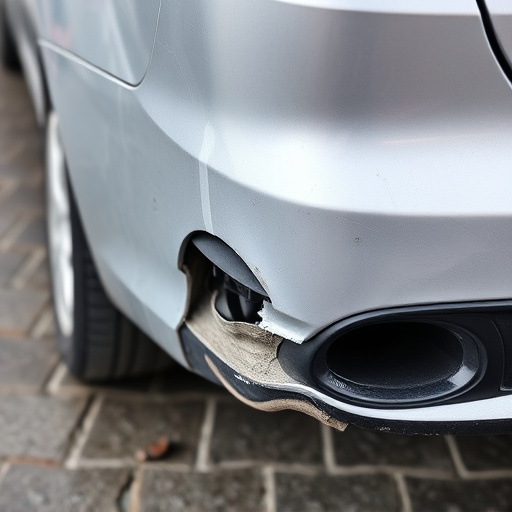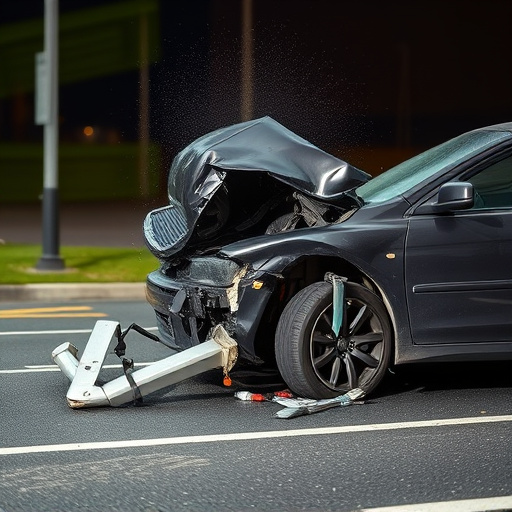Collision center warranties are key to reliable car repair, offering material, workmanship, and functionality coverage distinct from manufacturer's warranties. Effective staff training using simple language, visual aids, and interactive discussions is crucial for transparent communication about warranty specifics, including coverage, exclusions, and processes. Regular sessions build trust, resolve customer confusion regarding warranty coverage, and improve satisfaction with fleet repair services.
Training staff to clearly explain collision center warranties is vital for enhancing customer satisfaction and building trust. This article delves into essential aspects of collision center warranty basics, offering effective communication strategies for staff. We explore common misconceptions and provide solutions to ensure accurate information dissemination. By mastering these techniques, your team will confidently navigate warranty discussions, fostering stronger client relationships and promoting business growth through transparent collision center warranty practices.
- Understanding Collision Center Warranty Basics
- Effective Communication Strategies for Staff
- Common Misconceptions and How to Address Them
Understanding Collision Center Warranty Basics

Collision center warranties are an essential aspect of car collision repair and must be clearly understood by all staff members to provide accurate information to customers. These warranties ensure that clients receive quality car bodywork services and peace of mind after their vehicle has been repaired. The warranty covers various aspects, including materials used, workmanship, and the overall functionality of the fixed components. By understanding these basic principles, staff can confidently explain what is covered and what isn’t, helping customers make informed decisions.
Additionally, collision center warranties differ from manufacturer’s warranties, focusing on the specific repairs rather than the entire vehicle. Staff should be trained to differentiate between these types of warranties and communicate this distinction clearly. This knowledge enables them to offer transparent, tailored explanations for each customer’s unique situation, fostering trust and ensuring satisfaction with the car collision repair services provided.
Effective Communication Strategies for Staff

Effective communication is key when training staff to explain collision center warranties. Begin by ensuring every employee understands the intricacies of the warranty, from coverage details to exclusions and limitations. This knowledge base allows them to clearly articulate the benefits and processes associated with collision center services like frame straightening or bumper repair.
Use simple, straightforward language to avoid confusion. Visual aids, such as flowcharts or infographics, can be incredibly helpful in illustrating warranty terms and procedures. Encourage interactive discussions where staff can ask questions and share their insights. Regular training sessions, coupled with practical examples of common scenarios, empower employees to confidently guide customers through the collision center warranty experience.
Common Misconceptions and How to Address Them

Many staff members in collision centers often encounter customers with misconceptions about what their warranty covers and doesn’t cover. This can lead to confusion and dissatisfaction among clients, creating an unnecessary barrier between the center and its customers. Common misunderstandings include beliefs that warranties only apply to new parts or that certain types of damage are not eligible for coverage. To address these issues, training should emphasize clarity in communication.
During training sessions, educate staff on the intricacies of the collision center warranty, including terms, exclusions, and any limitations. Ensure they understand the difference between a limited warranty on new parts versus a comprehensive guarantee for repairs. By separating these concepts, employees can better explain to customers what is covered under various scenarios, whether it’s a simple fender bender or more complex car body restoration. This transparency fosters trust and enhances customer satisfaction with fleet repair services.
Training staff to clearly explain collision center warranties is a powerful strategy to enhance customer satisfaction and build trust. By mastering effective communication techniques, addressing common misconceptions, and providing accurate information, your team can ensure clients fully understand their coverage options. This leads to higher retention rates and fosters a positive perception of your collision center services, solidifying your position as an industry leader in customer-centric warranty explanations.














